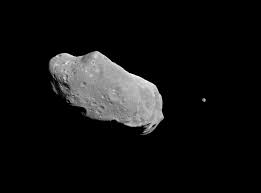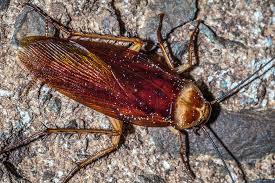When NASA scientists recently tracked the orbits of two space rocks as they made close approaches of Earth, they discovered a surprise: One of the asteroids has a little moon.
Astronomers regularly track the trajectories of asteroids to ensure that none of them are on a potential collision course with our planet.
While neither of the recent asteroids whizzed by at a concerning distance, the space rocks can yield valuable information that NASA uses to prepare for any potential future collision scenarios.
Asteroids, which are remnants left over from the formation of the solar system, are also of interest because capturing details about their size, orbit and composition can reveal insights about our corner of the cosmos.
The Asteroid Terrestrial-impact Last Alert System, or ATLAS, at Sutherland Observing Station in South Africa first spotted the space rock on June 16. While also considered potentially hazardous, the asteroid doesn’t appear to be on a concerning trajectory in relation to Earth anytime soon.
Astronomers sent radio waves to the space rock and captured a detailed image of asteroid 2024 MK. Thirty-foot-wide (10-meter-wide) boulders, as well as concave spots and ridges, litter its surface. The asteroid measures 500 feet (150 meters) wide and appears angular and elongated while also having some prominent flat and rounded areas.
As the space rock passed by our planet and encountered Earth’s gravity, its orbit changed. Now, the asteroid’s 3.3-year trip around the sun has been shortened by about 24 days.
Objects the size of asteroid 2024 MK only come near the Earth every couple of decades, so astronomers collected as much data as they could. When NASA scientists recently tracked the orbits of two space rocks as they made close approaches of Earth, they discovered a surprise: One of the asteroids has a little moon./Flickr
When NASA scientists recently tracked the orbits of two space rocks as they made close approaches of Earth, they discovered a surprise: One of the asteroids has a little moon./Flickr
“This was an extraordinary opportunity to investigate the physical properties and obtain detailed images of a near-Earth asteroid,” Benner said.







